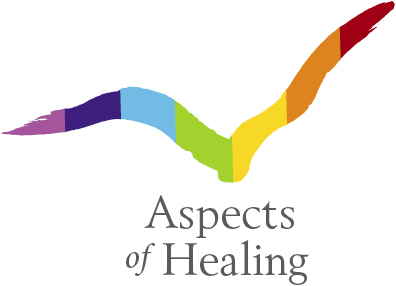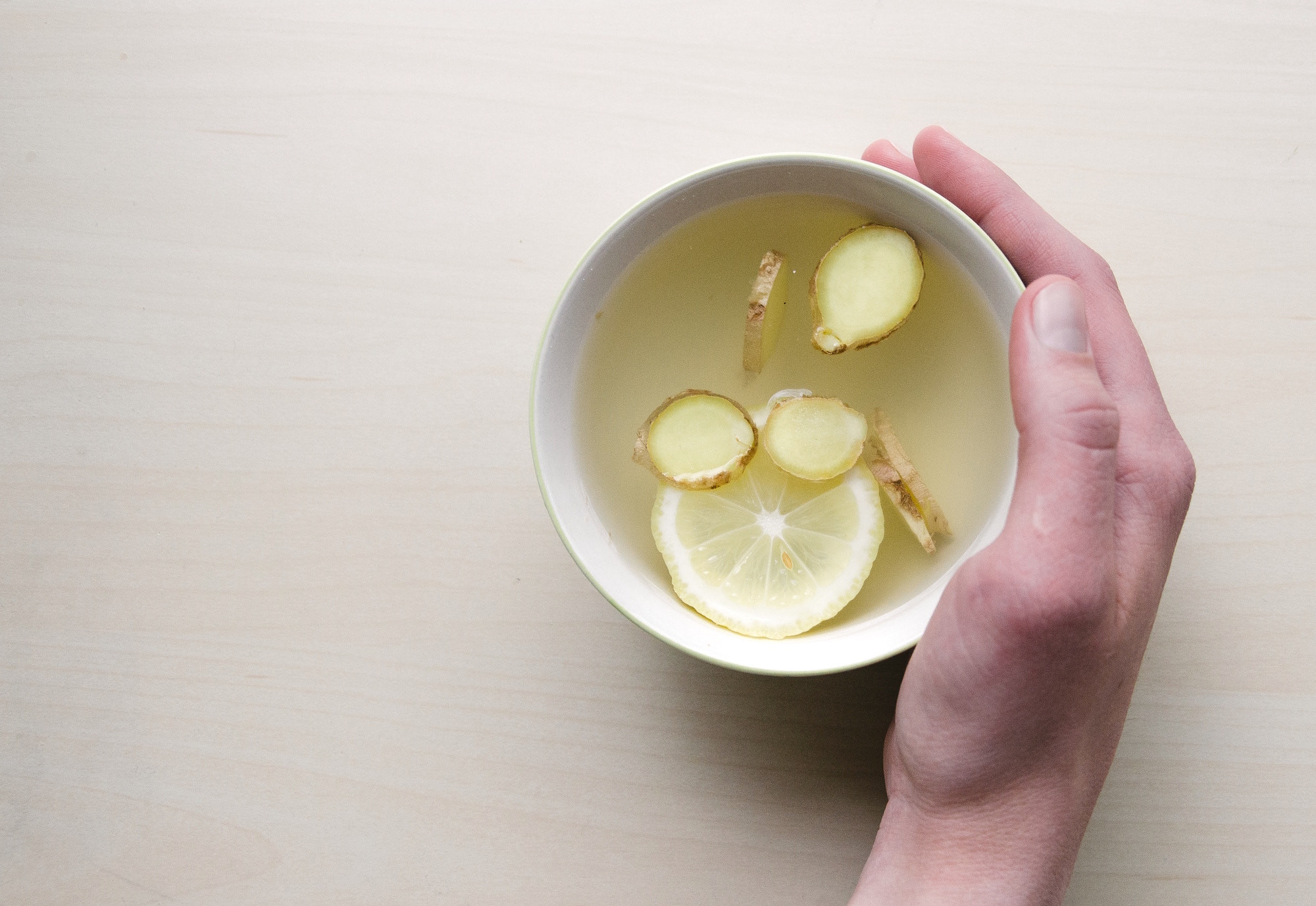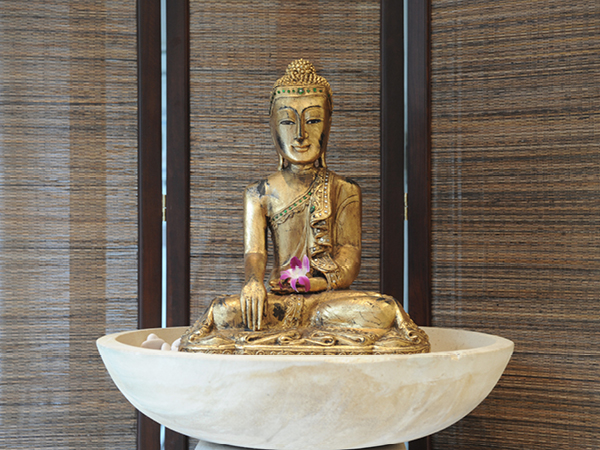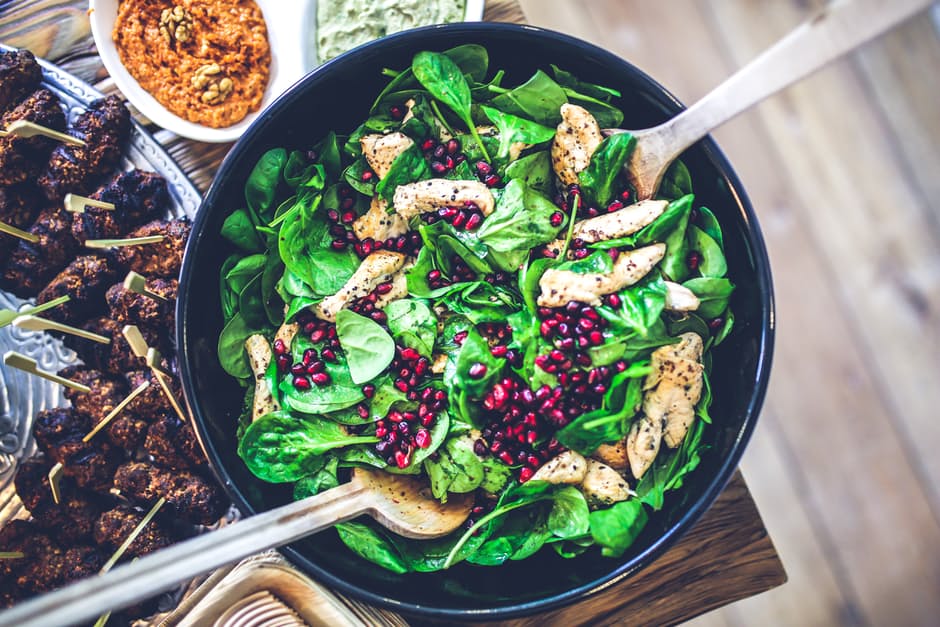Gut Health
About 70% of the population, now a days, is suffering from digestive issues and Ayurveda believes that almost all diseases are directly or indirectly related to disturbed digestion and once your metabolism is disturbed, the immune system of the body slows down, inviting many diseases in.
Many people come to us and talk about their digestive concerns such as:
- Bloating
- Gas
- Constipation
- Hyperacidity
- Gastric Reflux
- Diarrhoea
- Weight gain
- Low appetite
The root cause underlying these concerns is your digestive fire, which is affected by the imbalances of your body type (dosha).
As it is said that every person is different from another, and so is their digestion, some of us may be comfortable with cold water, whereas others feel sick with it. Some people need to eat food throughout the day, to stay active, whilst others feel lazy after eating. This all depends on your body type (dosha). Problems start when you are not able to recognise your constitution and you eat inappropriately for your body type. Your body does not accept this, resulting in the above-mentioned symptoms and further leading to chronic disorders.
Ayurveda has answers to all gut health related questions. Ayurveda offers a complete solution to all problems related to digestion.
VATA: The digestive fire in a Vata body type is unpredictable. Sometimes it is good and the food you eat is easily digested but sometimes it can cause symptoms like bloating, gas, constipation, etc.
People eating more of the following foods tend to suffer from such concerns:
- Cold food like salads, smoothies, popcorn
- Uncooked food
- Bitter, pungent, and astringent tastes
- Cold water
- Water directly after meals

PITTA: The digestive fire for Pitta body type is very strong and food is quickly digested. Hunger is not resistible in people with pitta body type. Pitta imbalance can cause diarrhoea, heart burn, and gastric reflux.
People eating more of the following foods suffer from pitta type digestive problems:
- Fried food
- Excessively hot, spicy food including ginger, garlic, onion etc.
- Sour taste (lime, lemon, orange, pineapple, berries)
- Drinking less water
- Fasting
- Excessive alcohol
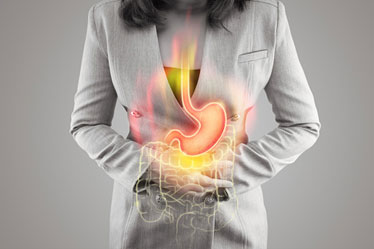
KAPHA: The digestive fire for kapha body type is very slow. It takes lot of time to digest you meals. Imbalance can cause sluggishness, lack of energy, weight gain, and low appetite.
People with the following eating habits are more prone to kapha type digestive problems:
- Eating heavy meals
- More of sweet, salty and sour tastes
- Eating more often
- Oily food
- Dairy products
- Excess proteins
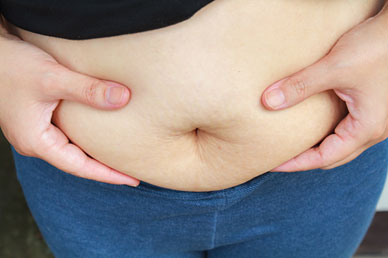
Management
Eating according to your dosha (body type) and getting rid of the Ama (toxins) is the only solution to these problems.
VATA: Vata signifies cold, dry, light. In order to balance vata one should eat according to the following guidelines:
- Food should be warm, cooked and heavy.
- Sweet, salty and sour tastes should be added to meals.
- Food should properly cooked, with oils or ghee.
- Warm spices should be added.
- One should restrict cold, raw, bitter, astringent, and spicy food.
- Direct intake of water before or after meals should also be restricted.
PITTA: As qualities of Pitta resemble that of fire, one with pitta imbalance should:
- Eat raw, heavy, cool foods. (These are good for pitta body type.)
- Avoid spicy, salty, sour food.
- Bitter, sweet and astringent tastes are good for pitta.
- Avoid fasting and keep your stomach filled when you feel hungry.
- Take cooling spices like: fennel, coriander, mint.
KAPHA: Kapha signifies cold and slow. So, the digestive fire of a kapha body type is very slow and takes time to digest food. Kapha type digestive fire can be maintained by:
- Warm, dry, and light meals.
- Eating only when you feel hungry.
- Drinking ginger, a few lemon drops, and rock salt. (Helps to boost digestive fire.)
- Avoiding dairy products.
- Avoiding sweet, sour and salty tastes.
- Including bitter, astringent, and pungent tastes. (These are good to have.)
PERFECT TIME TO EAT:
- It is very important to eat your meals (breakfast, lunch, dinner) nearly at the same time every day.
- Eat only when you feel hungry.
- Lunch should always be between 12-2 pm as at this time the digestive fire is very strong.
- Dinner should always be before 8 pm or 3 hours before you sleep.
- Always eat in a settled environment by concentrating only on eating.
- APPETISER DRINK: In order to increase your appetite one can have an appetiser drink. Add 2-3 spoons of plain yoghurt in a glass of water. Add a pinch of cumin powder and salt to it. Stir it well. This is a healthy drink to increase your appetite & is highly recommended in summer.
Written by Doctor Rajneesh
Call 8110 4300 or book online.
